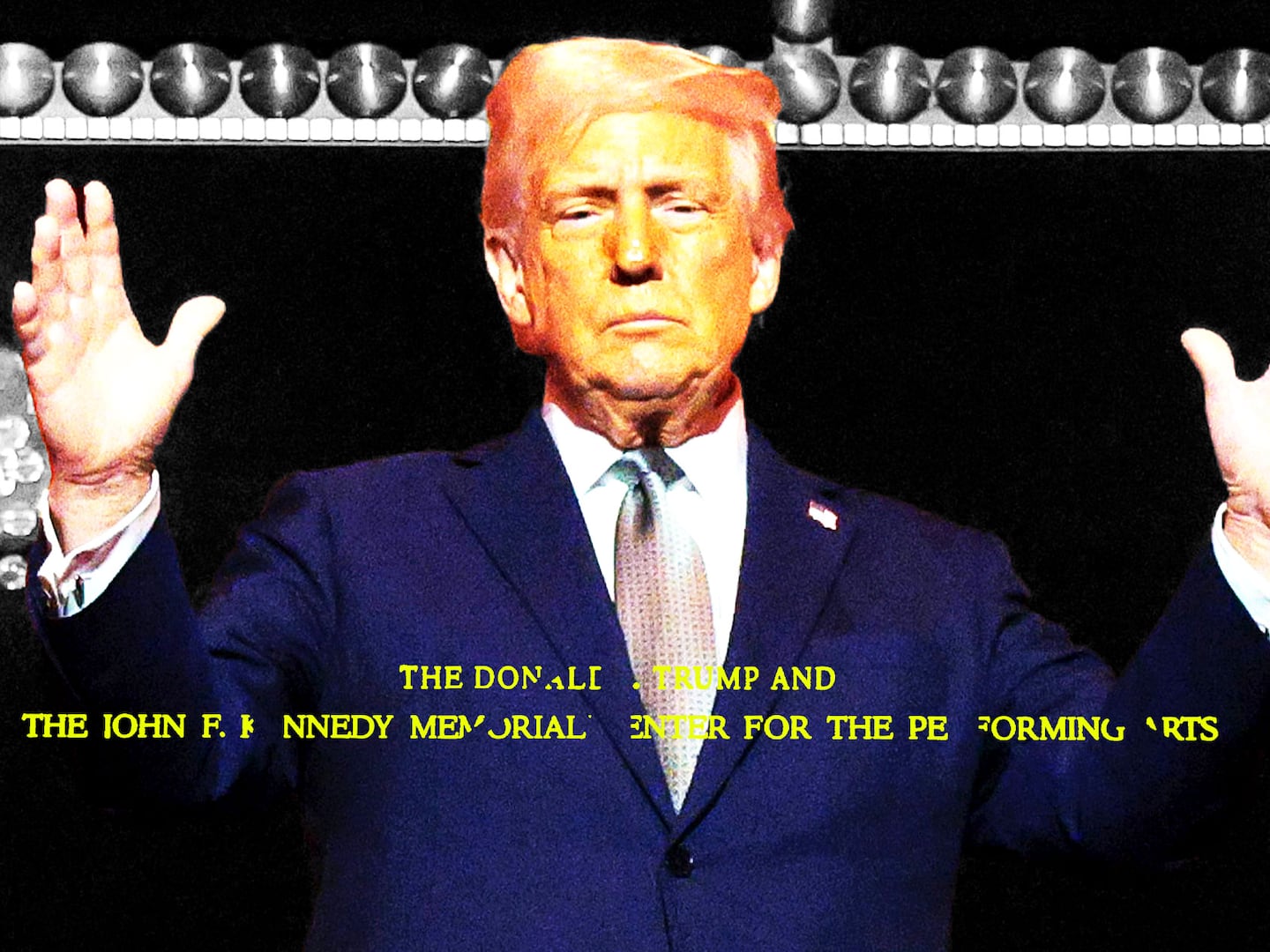New York is reeling from a wave of anti-Semitic attacks, and speaking as a Jewish parent who lives in Brooklyn, I can tell you that it’s terrifying.
It is also confusing. The vast majority of anti-Semitic attacks in this country are carried out by right-wing white supremacists. But most of the recent New York-area attacks have been carried out by people of color expressing very different grievances, or none at all. So is this the same phenomenon, or a different one? Hate, yes, but what kind of hate?
The answer is not simple. The recent street violence and acts of terror are based, in part, on anti-Semitic conspiracy theories similar to those on the Right. And yet, it is dangerous and misleading to see this as the same phenomenon, because the social contexts, the dynamics of race, and the relationships to power are all quite different.
For example, on Sunday the FBI found handwritten journals in the home of Grafton Thomas, who last weekend attacked a Hasidic family in the New York suburb of Monsey, indicating an espousal of anti-Semitic “Black Hebrew Israelite” ideology, which holds that Jews are not the true chosen people. (Police also recovered Grafton’s recent internet history, including searches for “zionist temples” and “Why did Hitler hate the Jews.” )
This same ideology apparently motivated the Dec. 10 attack on a kosher grocery store in Jersey City.
As Mark Potok recently discussed in these pages, the Black Hebrew Israelites are a tiny sect that blames Jews for degrading American culture and accuses them of being self-interested moneymakers. Like those of the Nation of Islam, these doctrines of hate are not dissimilar to right-wing anti-Semitic tropes of Jews being foreigners who destroy their host countries for their own enrichment.
But in these cases, the anti-Semitic themes are sometimes wedded to quasi-progressive concerns about racial justice, or, more broadly, to grievances against Jews as usurious landlords or agents of gentrification.
Consider the bilious anti-Semitic outburst by Joan Terrell-Paige who, astonishingly, still sits on the Jersey City Board of Education. (That this bigot is still in office is, itself, an intolerable outrage.) In a since-deleted Facebook post (screen-captured here), Terrell-Paige said that the “brutes of the jewish community… brazenly came on the property of… Black homeowners and waved bags of money.” She then continued “However we learned 6 rabbis were accused of selling body parts. Where is the truth in these reports?”
Notice how Ms. Terrell-Paige’s post—I encourage you to read the whole thing—blends an almost coherent critique of gentrification with a possible reference to a 2009 scandal of rabbis trafficking in organs for transplant, which, in this totally unrelated context, evokes 800 years of anti-Semitic myths of Jews using gentile body parts for ritual purposes. The post also praises the murderers, and implies that all Jews should be held responsible, at penalty of death, for the misconduct of a few bad landlords.
Now, most of the attacks in my hometown have not come with Facebook posts. Last Monday, for example, a man punched a 65-year old man and shouted, “Fuck you, Jew!” That’s not a manifesto; that’s simple hate.
In another incident, recorded on video and posted on Twitter, the assailant says that Jews “created the cult.”
In others, the attackers have been entirely silent.
And in some cases, there are glimmers of ideology. For example, the Crown Heights riot of 1991 was in part about city resources, housing, gentrification, policing and political power, but also shot through with conspiracy theories and the blaming of all Jews—or, more specifically, all Hasidic Jews—for the misdeeds of a few.
(Of course, it’s worth emphasizing, as strongly as possible, that black anti-Semitic attackers do not represent all black people any more than white anti-Semitic attackers represent all white people. Most white people are not white nationalists, and most black people are not anti-Semites. These attacks say nothing about African-Americans or anti-Semitism in black communities.)
This combination of baseless hatred and socio-economic grievance stands in stark contrast to the wordy theoretical manifestoes of white supremacist anti-Semitism. And while some attackers cite conspiracy theories similar to the ones on the nationalist right, such as the Black Hebrew Israelite doctrines noted above, the social contexts and relationships to power are utterly different.
While conspiracy-mongering exists on the left and the right, there is no left-wing or African-American equivalent of President Trump, who has freely traded in anti-Semitic stereotypes, sometimes in a joking way (as when he told a group of Jews that they’d never vote to raise their own taxes), sometimes in apparently well-meaning but actually profoundly destructive was, as when he said Jews are primarily loyal to Israel, and sometimes in explicitly harmful ways, as when he and his surrogates blame everything they don’t like on the nefarious George Soros.
After all, the notorious anti-Semite Louis Farrakhan may be the leader of the Nation of Islam, but Trump is the leader of the free world.
Indeed, Trump’s contribution to our conspiracy-fevered culture is broader than specifically anti-Semitic conspiracies. For example, regarding the 2016 election alone, Trump has claimed, baselessly, that it was rigged (even though he won anyway), that millions of people voted illegally in it, that Ukraine (not Russia) interfered with it, and that there are still important email servers floating around out there that we have to get our hands on.
When you play with fire like this, vulnerable populations get burned. Especially Jews.
Finally, right-wing anti-Semitism is connected to right-wing political ideology and power. Obviously, most conservatives are not anti-Semitic. But anti-Semitism often exists on a nationalist continuum from populists who traffic in anti-Semitic stereotypes, like Trump or Hungary’s Viktor Orbán, to outright anti-Semites like Orbán’s hero, Miklós Horthy. There is a reason the Pittsburgh attacker was frustrated that Trump wasn’t anti-Semitic enough.
And in terms of scale, there is simply no comparison between right-wing anti-Semitism, which arguably stretches into the White House itself (if not Trump, then some of his recent advisers), and the fringe sects, street violence, and bigotry found among small segments of the African-American community.
It cannot be a coincidence that the rise in anti-Semitism coincides with the rise in Trumpism. According to the FBI, anti-Semitic hate crimes jumped 37 percent in 2017, compared with a 3 percent increase in 2016 and 9 percent in 2015. (According to the ADL, the rise was 60 percent.) The dark turn to ethno-nationalism is a massive, global phenomenon. As horrific as the attacks in Brooklyn, Jersey City, and Monsey are, they are a footnote to this giant, global tidal wave.
On one level, yes, hate is hate. And hatred of Jews is hatred of Jews.
But to eradicate anti-Semitism, we must understand it—and right now, when it comes to this devastating new wave of attacks, we don’t.
Editor’s note: This piece has been updated to include a reference to the 2009 organ-trafficking scandal.






